How to Make a Root Cellar from an Old Freezer
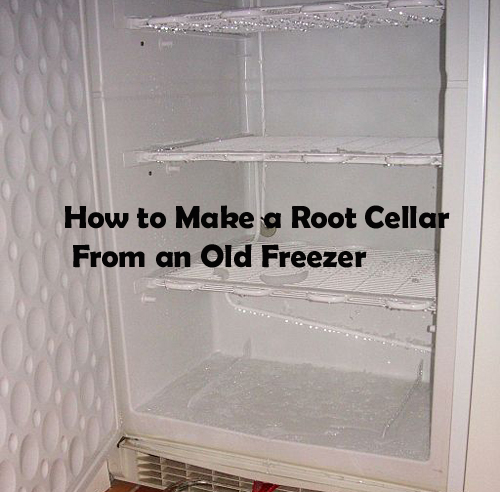
Here’s a ‘green’ gardening tip to make a root cellar to store our garden produce over winter without electricity or a cellar. Textbooks tell us to keep hard fruit and vegetables in ‘a dry dark cool place just above freezing’. Problem is, cellars and cool places rarely exist in today’s urban centrally-heated homes.
So one year I stored a glut of potatoes in my unheated greenhouse – in a disused chest freezer. Didn’t the freezer condense the humidity from the potatoes and rot them? No, because I’d layered the potatoes and lined the freezer with thick wads of newspaper. We were still eating (near) perfect potatoes nine months later.
You can create your own root cellar in any outdoor area, even in the city, using a discarded freezer or refrigerator. And if you don’t have garage space, perhaps you can press your unheated greenhouse into a new use?
I suspect that most gardeners use their unheated greenhouse just half of the year. In temperate climes, it comes into its own only from spring onward when it doubles as a cold frame to harden off plants or grow on the delicate seedlings we’ve germinated under our bed.
By June, it’s full and by August our cucumbers are growing out of the roof. After October, it becomes a sanctuary for old grow bags, empty flowerpots and a child’s bicycle.
Textbook authors tell us that we could grow lettuces and Chinese leaves, and a lot more, throughout winter in an unheated greenhouse. We could force rhubarb, strawberries and new potatoes for Christmas, just by putting in a little ceramic heater to keep out the frost. But do we do it?
Meanwhile, if we’ve been diligent elsewhere in the garden we have several bagfuls of potatoes, carrots, onions and other embarrassing gluts to store safely through the winter.
Solution? Turn your greenhouse – at least, part of it – into a vegetable storage area, a root cellar.
Large Freezer
Take a large discarded freezer or tall refrigerator. You’ll find them at city recycling yards, either free or for a few dollars to the site attendant. Put one in the center aisle of your greenhouse, laid on its back.
Remove and retain any interior trays or shelves. They make excellent pots or trellises for next season. Put back the lid and prop it open one inch for ventilation. Be sure to disable the lock, of course, if there’s any risk that children or old people may play hide and seek in there. You now have the perfect insulated winter storage box for tubers, hard fruits and anything else you’d keep in a root cellar.
Pack tubers in dry compost, ancient leaves, straw, wood shavings or sand. Apples and pears do well in dried marestail fronds or bracken, in my experience. And check the contents regularly to remove anything that’s starting to rot.
It Doubles as a Cold Frame
If your freezer ‘root cellar’ is in a greenhouse and you’ve eaten the contents by early spring, the freezer can do extra service as a cold frame. Remove the lid, put pots of compost inside and grow extra-early peppers and tomatoes. Their roots gain the benefit of the wall insulation and the freezer’s white interior will reflect light back onto the plants.
Indeed, you could take the white lid off and lean it along the darkest side of your greenhouse in spring to throw welcome light back onto the plants.
What an asset is a dead freezer, when re-used as a root cellar! And how useful a cold greenhouse becomes, when it is equipped with a freezer!
The Author:
Dr John Yeoman, MA Oxon, MRes, MPhil, PhD, lectures in creative writing at a UK university. He is the founder of Writers’ Village – the premium site for short fiction contests and coaching programs.
Photo. Holger Ellgaard
Source: EA

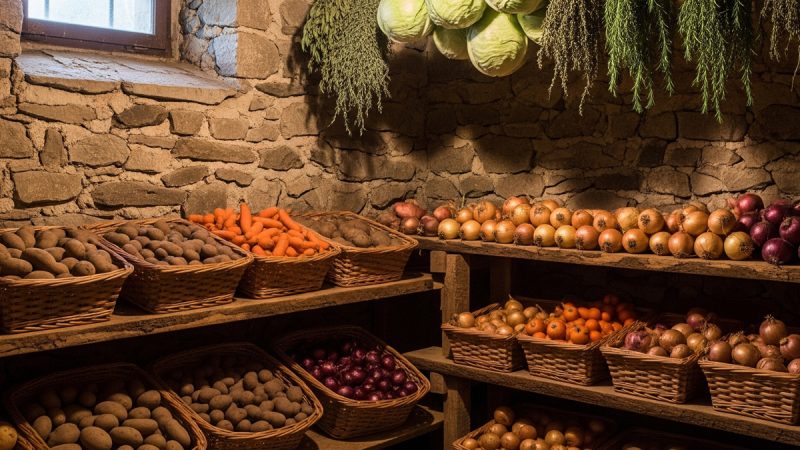


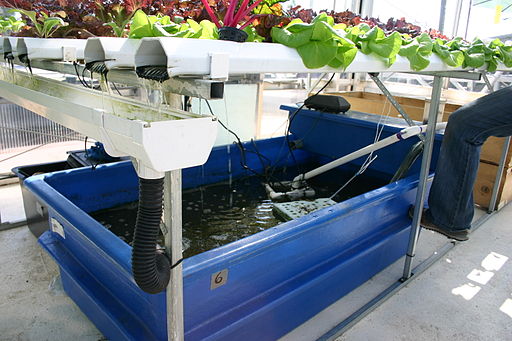


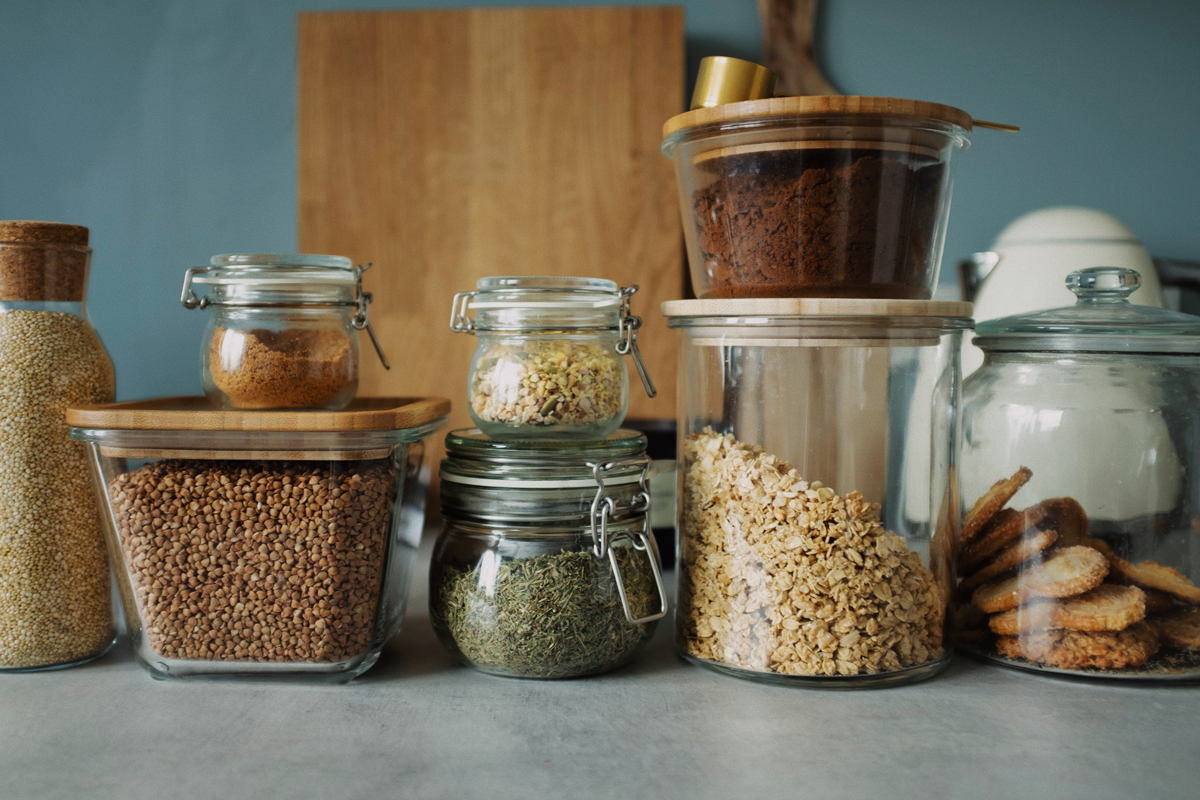
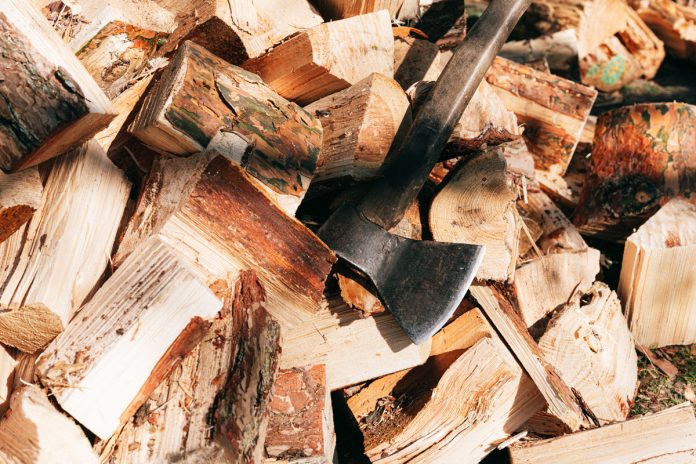
I live in 8b, upcountry South Carolina. Is it too warm here to do this? I have a perfectly good small chest freezer that we aren’t using and I would love to find a way to use it as a root cellar/cold storage as it is. We do not have a greenhouse (yet) and my husband would have a duck if I buried anything that size in our yard as I have read about elsewhere.
Hi Allison,
It may be a bit tricky to use a chest freezer as a root cellar in a warmer climate like in South Carolina. You could try placing the freezer in a cool, shady spot or in a well-insulated area of your home to see if it can maintain a cool enough temperature for storing root vegetables.
Alternatively, you could consider converting the freezer into a mini fridge by adjusting the thermostat or adding ventilation to regulate the temperature. One option to add ventilation to regulate the temperature in the chest freezer root cellar could be to install a small fan or vent in the freezer. This would help circulate air and prevent the temperature from rising too high.
Another option could be to partially open the lid of the freezer to allow for some airflow, while still maintaining a cool environment for storing root vegetables.
Experimenting with different ventilation methods may help you find the best solution for regulating the temperature in your root cellar.